SUMMARY
This is AI generated summarization, which may have errors. For context, always refer to the full article.
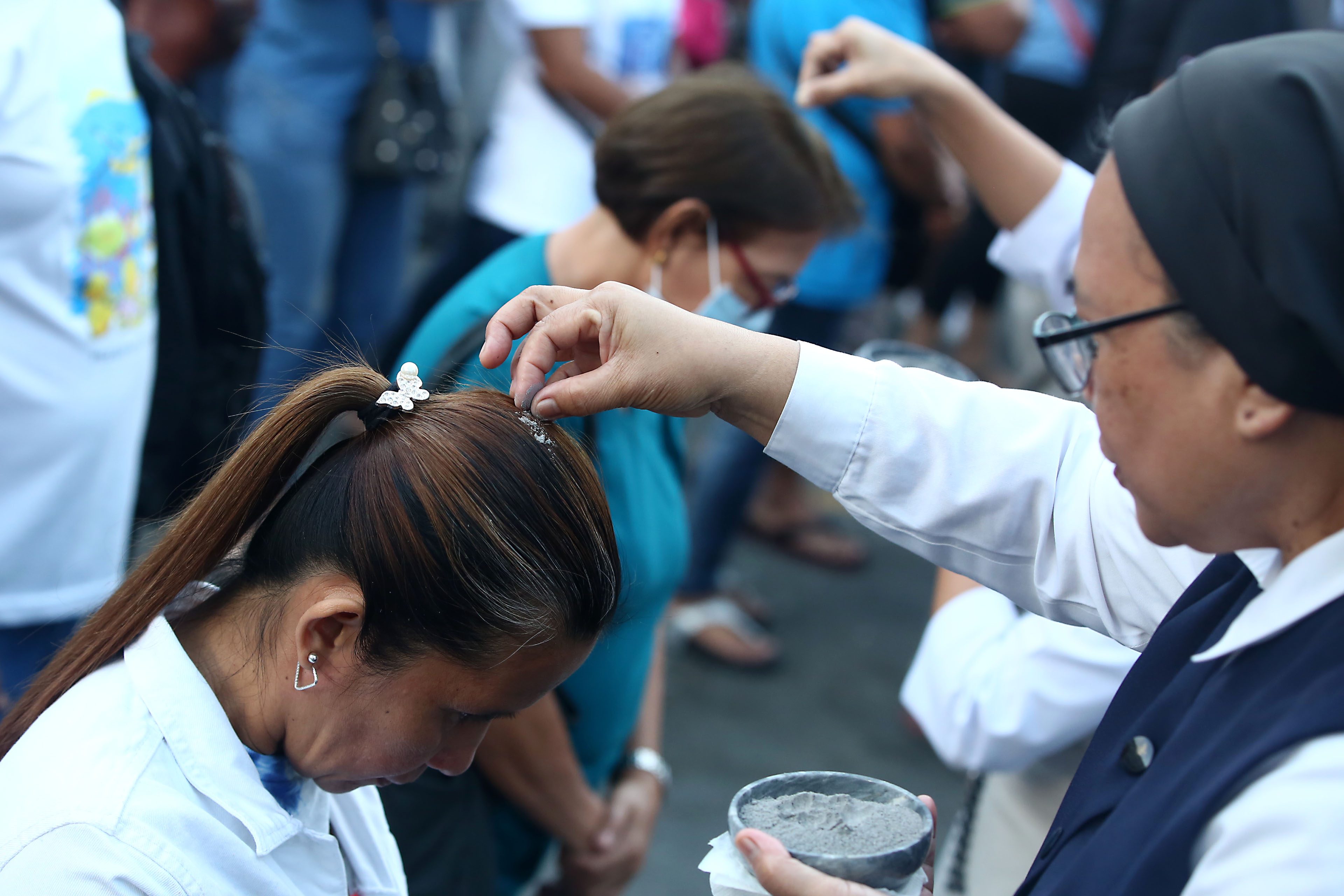
What should a Filipino Catholic expect when he or she goes to church on Ash Wednesday, February 17, for a ritual that the Catholic Church has tweaked due to the COVID-19 pandemic?
Ash Wednesday is the start of the Catholic penitential season of Lent, when Catholics are expected to pray, fast, and give alms for a period of 40 days, leading to the celebration of Christ’s passion, death, and resurrection during Holy Week and Easter.
On this day, Catholic priests, nuns, or lay ministers traditionally mark churchgoers’ foreheads with ashes to symbolize repentance from sin – a reminder that they came from dust and to dust they shall return.
The COVID-19 pandemic, however, forced the Catholic Church to modify this ritual to keep churchgoers safe from the coronavirus.
The Catholic Bishops’ Conference of the Philippines, through its Episcopal Commission on Liturgy, issued guidelines for the observance of Ash Wednesday. These guidelines were signed by Baguio Bishop Victor Bendico, chair of the CBCP Episcopal Commission on Liturgy, on February 4.
It is important to note that the CBCP Episcopal Commission on Liturgy – like the CBCP as a body – can only make recommendations. Only the bishop of a diocese, who is directly accountable only to the Pope, can decide for his territory in line with Vatican pronouncements.
While a substantial chunk of the CBCP guidelines can be found in the Vatican’s January 12 note on Ash Wednesday, the use of cotton balls and take-home packets have not been specified in this Vatican document.
Here are the guidelines from the CBCP:
On ashes to be used
Under normal circumstances, the ashes used on Ash Wednesday come from burned palm branches that had been used in the previous year’s Palm Sunday. Parishes usually burn these palm branches the day before Ash Wednesday, which is called Shrove Tuesday.

The CBCP noted that this year, however, ashes “can be obtained from dried branches or leaves of plants or trees.” This is because “many parishes will find it difficult to secure old palm branches blessed in the celebration of Palm Sunday 2020,” as public Masses had been suspended at that time.
On the prayer to be recited
During the Ash Wednesday ritual itself, according to the CBCP, the priest is supposed to say a prayer to bless the ashes, and to sprinkle these with holy water “without saying anything.” Then he addresses churchgoers and recites, only once, the following lines: “Repent and believe in the Gospel,” or “Remember that you are dust, and to dust you shall return.”
Before COVID-19, this line used to be recited every time the priest or lay minister marks a churchgoer’s forehead with ashes.
On the distribution of ashes
Using ashes to trace a cross on the foreheads of churchgoers is taking a backseat this year due to COVID-19.
“Mindful of the need to safeguard the health of our faithful, we have other options in the manner of imposing ashes on them. One way is by sprinkling the ashes on the head of the faithful,” the CBCP said.
“For those among the faithful who wish to have the ashes on their forehead, another way is by using cotton balls in applying ashes on their forehead. Each of the faithful who wants to receive the imposition of ashes approaches the minister. The minister, with the aid of a cotton ball dipped into the vessel of the blessed ashes, traces the cross on the forehead of the faithful. The minister uses a different cotton ball for each of the faithful,” said the CBCP.
On participating from home
The option of attending Mass via livestream remains available for millions of Catholics. The livestream of a Mass led by Bishop Pablo Virgilio David, vice president of the CBCP, is accessible on Rappler at 9 am on Ash Wednesday. (Watch the livestream below.)

For the sake of Catholics who cannot physically go to church, the CBCP recommends that churchgoers “be given a small plastic sachet containing blessed ashes” that they can in turn put on their family members’ heads.
“Those who cannot come to church on this day can join the celebration of the Mass of Ash Wednesday on TV and other online means. They then receive the ashes from family members who were able to go to church for the celebration and will bring home ashes for them,” said the CBCP.
On top of all these, of course, come the basics: wear face masks and face shields, wash your hands, and observe physical distancing. – Rappler.com
Add a comment
How does this make you feel?
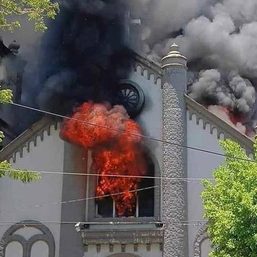
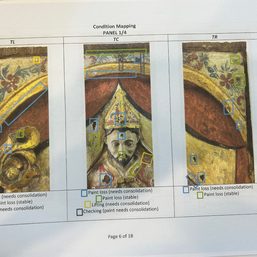



![[REFLECTION] Catholic guilt](https://www.rappler.com/tachyon/2024/03/catholic-guilt-march-8-2024.jpg?resize=257%2C257&crop=426px%2C0px%2C1081px%2C1080px)
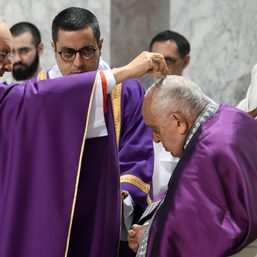

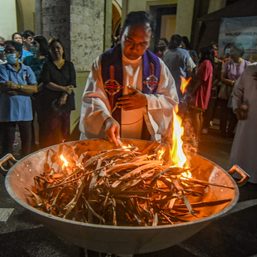
![[ANALYSIS] The Lenten season and the market](https://www.rappler.com/tachyon/2023/04/lenten-season-market-april-6-2023.jpg?resize=257%2C257&crop_strategy=attention)
There are no comments yet. Add your comment to start the conversation.